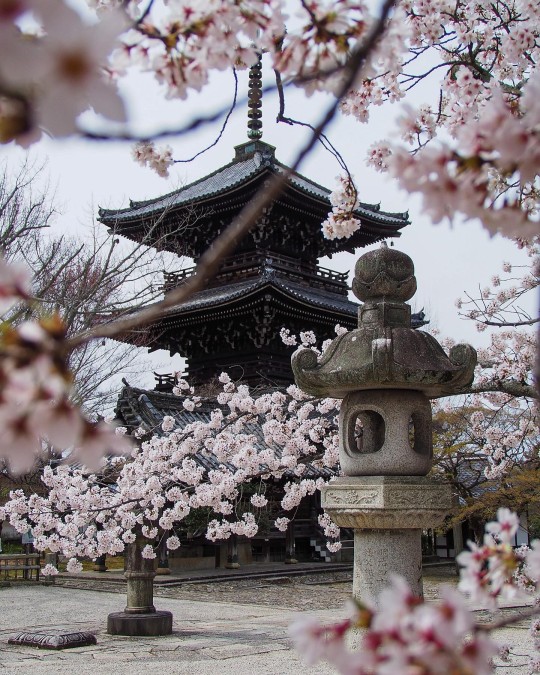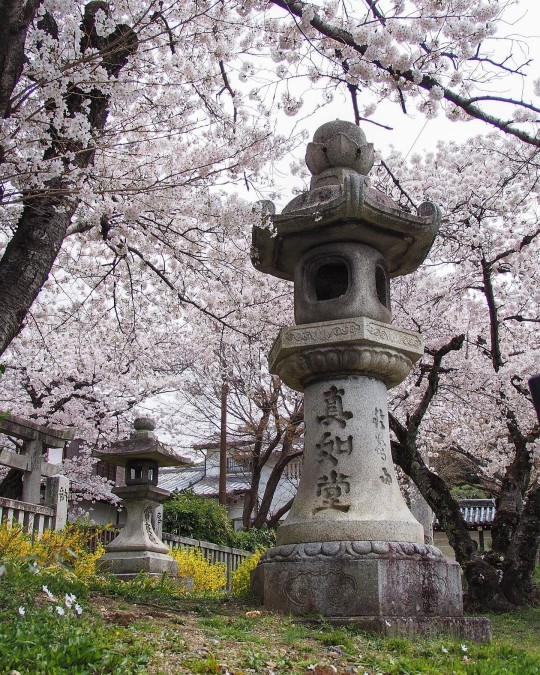#Kyoto Shinsho-do
Text



京都 真如堂
by Tomoko.M
#京都 真如堂#Kyoto Shinsho-do#Kyoto Prefecture#japan#真如堂#はなまっぷ#そうだ京都行こう#京都#earthofficial#aumo#cocolocala#kyoto#japanlives#visitjapanjp#histrip_japan#japanoninsta#japantravelphoto#kyotopi#ig_japan#travellingthroughtheworld#jalan_travel#sorakataphoto#wondersofnippon#japan_daytime_view#otonatabi_japan#world_inside#bestjapanpics#japan_of_insta#art_of_japan_#retrip_kyoto
27 notes
·
View notes
Text
"Birth of Pests-Japanese History from the Viewpoint of Insects" (Book Review)

The Cockroach Gentleman (drawn by my younger brother)
This book (Chikuma Shinsho) is not a book that actually describes common insect pest control. Is it the history of negotiations between human culture and insects? The author is Akihisa Setoguchi, who has a background of graduating from the Faculty of Science and Biology of Kyoto University and then the Faculty of Letters and History of Science and Philosophy of the same university. Associate Professor of Science. The introduction introduces an approach to various problems that arise at the interface between life science and society from both the history of science and technology and the history of the environment.
Chapters 1 and 2 of this book discuss the story of pests(=insect pests) related to agriculture. Even before the early modern period, farmers thought that the rice pest, Nikameiga(二化螟蛾)
was "naturally occurring" and was a "penalty" for their poor attitude. There, magical "insect feeding" and " prayer" were openly made. However, when Western pest control methods (applied entomology) are proposed one after another in Europe and the United States, the Meiji government actively introduced them.
The government office in charge was the Agriculture Bureau of the Ministry of Interior, which was just established in 1877 (Meiji 10). However, Yasushi Nawa, a private sector, is famous as an entomologist who still has a name, and he runs a research institute with the assistance of the government and conducts educational activities for government officials and police officers. In other words, it is a "study session on pest control". ... Why a police officer? ... This was aimed at cracking down on the spot that farmers were doing "wrong control methods" and converting them to "correct control methods." It seems that the word "saber agricultural policy" was overwhelmed by the population for a while. On the other hand, farmers who have a long-standing view of pests cause riots here and there. However, Mr. Nawa is a flexible person, and he seems to have taken an attitude that he does not deny the act of a farmer who does magic.
Following this process, a new view of pests spread.
Chapter 3 is about "sanitary pests" that transmit infectious diseases such as mosquitoes and flies. Of these, for mosquitoes, the distribution area of Anopheles mosquito and the distribution area of malaria overlap, so in 1889 Ronald Ross elucidated the transmission mechanism of malaria and received the Nobel Prize in Physiology or Medicine in 1902. There are so many mosquito-borne diseases that they are probably representative of sanitary pests. However, it is expected that the actual attempt to eradicate this mosquito will be futile.
On the other hand, regarding flies, Mr. Setoguchi seems to be "advocating" in a sense. The fact that flies were sanitary pests seems to be apparent through the transmission of cholera, but from other perspectives, they are not as enemies as mosquitoes. However, in the "Hygiene Exhibition" that was often held before the war, the exhibition that aimed at the flies was conspicuous. At the same time, "Catch flies Day" will be held. It's like giving a prize to a lot of things you capture. However, at the two farms I had been to, they didn't care about the flies, and They were careless about the flies flying around and sticking to each other.
Then, along with the act of excluding and isolating cholera patients, a "beautiful" city without flies is advocated, and people who live in filthy slums where cholera occurs are expelled and selfish to create that "beautiful" city. It is important that the government took such actions. It seems that Torahiko Terada wrote in "Free Manuscript". Humans should coexist with flies. The fly seems to have become a "pest" because humans have made it a "pest". Cockroaches are also same case, and when cockroaches lived outdoors, they were also called "chafers".
Chapter 4 is about "insects" and "war". Regarding agriculture, there are attempts to increase food production, such as introducing natural enemies against pests and installing insect traps (Toshiba will cooperate technically after the war for practical use).
And, from now on, "Chloropicrin", which was a by-product of World War I, was originally a poisonous gas, but it was "peacefully used" as a soil fumigant. Such "poisonous gas" ⇔ When the route of "pesticides" is discovered, humans will take the same actions as if panic. And Nazi Germany has developed "organophosphorus pesticides" and "poisonous gas" represented by "sarin". On the other hand, the United States also developed a powerful herbicide such as the organochlorine compound "2,4-D" and later used it as a "defoliant" in the Vietnam War. Dioxin is also included in this drug, and many malformed children like Viet and Duc were born in Vietnam.
One point is that Japan was inferior to the United States. That is, the United States had DDT for mosquito control, while Japan did not. If so, numerous soldiers would not have died of malaria. (However, this DDT is also highly toxic to the human body, so it is not currently used ← It may be used in developing countries)
Also, during the war, the people of the other country (that is, the people of the Axis powers such as the Japanese people) were called "poisonous insects" in the United States. There was an inhuman act that if it was a bug, it could be twisted and crushed. That consciousness leads to the atomic bomb ...? In the case of Japan, it seems that "insect battles" were being held because of social satire, and it seems that there was no talk of eradicating "insects".
I quote the following passage as a conclusion.
@@@@@@@@@@@@@@@@@@@@@@@@@@
Many modern pest control technologies, including "ecological" ones, are the product of industrialized agriculture. "Technology" is not just a tool, but a social dimension is embedded in the technology itself. Therefore, when discussing "desirable technology for nature," it is necessary to consider not only "technology" but also social dimensions such as agriculture.
Thinking about "desirable nature" and "desirable technology for nature" in this way means thinking about our society.
@@@@@@@@@@@@@@@@@@@@@@@@@@@@
A word of the day: Mr. Setoguchi wrote that he would take a neutral position on the types of chemical and biological weapons and pesticides used in the war, but of companies like Monsanto that is "outrageous". Do you forgive the company? I doubt that. I am convinced that "neutral science is impossible".
In addition, I am concerned about a disease with a fatality rate of over 40%, which is mediated by ticks called SFTS (Severe Fever Thrombocytopenia Syndrome), which has recently become a hot topic. This case is also an example of how to deal with insects. You must wear heavy clothing when gardening or walking your dog in the summer.
”害虫の誕生ー虫からみた日本史” by 瀬戸口明久:筑摩新書
3 notes
·
View notes
Photo

🍁🍁🍁 黄、緑ときたら、やはり今流行の赤。 * 3連休終わったタイミングで、 「モミジ狩りじゃぁあ」(BE-BOP風😅) と、京都へ。 * 東山中心に一日で10箇所近く回った💨 こんなに暴食したのはじめてちゃうかな? * もうレッドスター(🍁)はお腹いっぱい💦 * ストーリーやシリーズで、 ランキングするかもですが、 ワタシ的にNo1はやっぱり真如堂かなぁ。 * 👍拝観料なしで入れる! 👍人少なめ!(比較的ね) 👍広い! 👍ポイントがたくさん! 👍誰でも素敵写真が簡単に撮れる! * Go To の功罪が今問われてるけど やってよかったんじゃないかなぁ。 * 確かに人が多くてうんざりな場所もあったけど、 みんな楽しそうで、活気があって和んだ。 * もっとも安易にはっちゃけたら駄目なんですけど。 特に1日で10箇所もまわったりとか!🙏 * * * #真如堂 #真正極楽寺 #紅葉 #モミジ #そうだ京都行こう * 🌐Kyoto,JP. -------- "Shinsho Gokuraku-ji Temple (Shinnyo-do)" Right now, the leaves are changing so beautifully here. -------- (真如堂 三重塔) https://www.instagram.com/p/CIAWBbfA9Sa/?igshid=19p7umn4sguvi
1 note
·
View note
